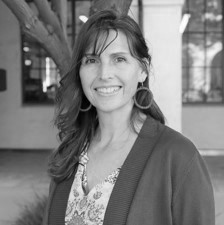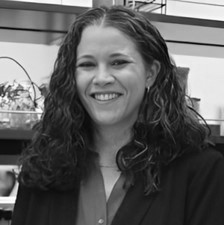The idea behind ESeptic began at San Diego State University, where two environmental engineers, Dr. Natalie Mladenov and Dr. Christy M. Dykstra, shared a vision of making wastewater treatment simpler, smarter, and more sustainable. What started as a concept to integrate electrochemical and biological treatment in a compact, energy-efficient system quickly evolved into a research project supported by the SDSU Imperial Valley Sustainable Energy Center.
Over the course of more than a year, the ESeptic system was built, operated, and evaluated under a range of conditions to test its resilience and performance. The research team analyzed the data and found that the system achieved significant removal of chemical oxygen demand (COD), nitrogen, and solids, demonstrating its potential as a low-energy, high-performance alternative to conventional treatment systems.
Encouraged by these promising results, Drs. Mladenov and Dykstra applied for and received a competitive SDSU Pilot Innovation Award to advance the technology from the lab to the field. The next step is a demonstration-scale system that will be tested at the new SDSU One Water Living Learning Lab. This facility will conduct “sewer mining”, using real wastewater generated on campus for treatment with the ESeptic system and returning the treated water to the sewer.
Through this unique setup, the team will generate high-quality data to support U.S. and international certifications for the ESeptic technology, helping pave the way for scalable, sustainable sanitation solutions in communities around the world.

Dr. Natalie Mladenov

Dr. Christy M. Dykstra
